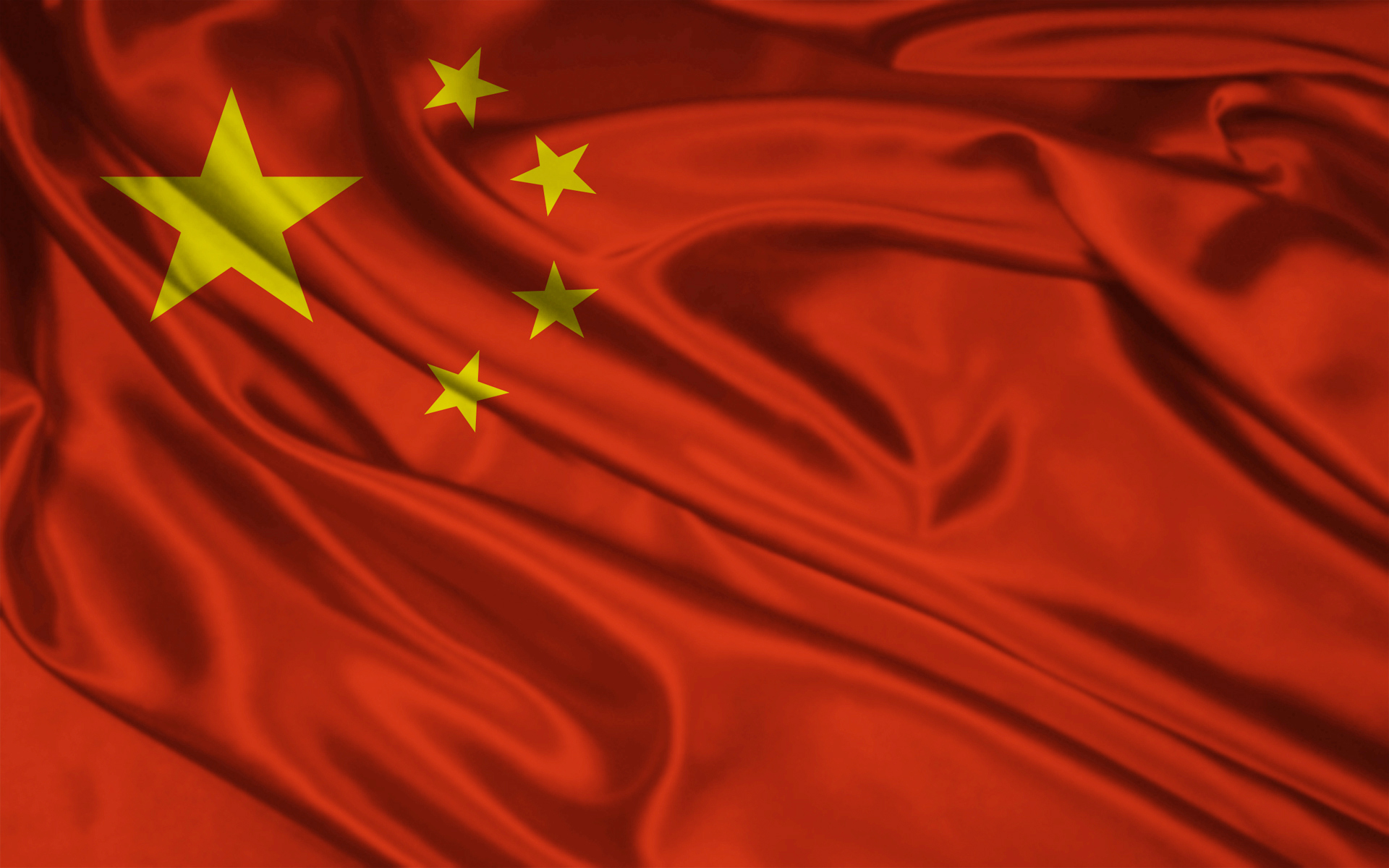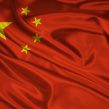
Editor’s Note: Executive Summary for “China in 2012”
Publication: China Brief Volume: 12 Issue: 2
By:

This set of essays takes China Brief away from current events, looking ahead at some of the key questions facing analysts in the coming year. The authors—Dennis Blasko, Bruce Gilley, Willy Lam, and Robert Sutter—highlight some of the dynamic tensions at work in China and in its policy processes. While the year of a leadership succession typically stalls new policy initiatives as Beijing turns inward, several of the analysts point to new opportunities this year where Chinese leaders may not be as confined as in the past. Perhaps, more than any previous succession year, this year probably will challenge Beijing’s ability to stay inwardly focused as new challenges emerge on China’s periphery and its domestic political-economy faces crisis.
Analysts and potential contributors should use these essays to stimulate thinking about potential submissions and their implications. In some cases, the authors directly identify topics, issues of concern and lingering unknowns in need of attention. In others, they point to trends, which should be revisited as the year progresses. Events and potential new policy formulations—like the recent apparent additions to Deng Xiaoping’s 24-character strategy that China should “actively achieve something” (jiji yousuo zuowei)—that challenge these continuities are clear hooks for analysis (PLA Daily, December 27, 2011). Alternatively, they are opportunities to show why the conventional wisdom should prevail.
As visible as the leadership changes will be in the Politburo Standing Committee (PBSC) and Central Military Commission (CMC), observers lack much of the access needed to trace—much less foresee—the selection process. The focus on the leadership and the unknowable horserace possibly distracts from more fundamental building blocks of understanding Chinese policy and military modernization. Leadership and new high-tech weapons may be glamorous, but foreign observers rarely find access to the Chinese officials in the know, and rarer still do weapon systems equate to capabilities.
Bruce Gilley in his essay examines the landscape of Chinese politics through three interrelated levels: leadership, policy and government. At a time when ambition is running wild, it seems fitting that Gilley mentions factions only once and focuses instead on the thinking—Marxist romanticism and Leninist nationalism—which shapes policy debates and does not necessarily follow factional lines. Outcomes in all three levels will affect outcomes in the others. While leadership may be the Holy Grail for analysts, researchable questions on how Beijing addresses property issues, migrant labor protections and cadre performance measures could provide leading insight into the murky succession contest.
- Leadership Succession: With the more consensus-based approach at the highest-levels of policymaking, observers should be looking for how the two presumptive leaders, Xi Jinping and Li Keqiang, will be able to find and promote allies into key positions. Neither has the revolutionary imprimatur; watching where they find allies, especially among the upcoming 6th Generation leaders, could prove crucial to their success. Additionally, with the luster of the revolution gone, Xi, in particular, may have the opportunity to push bolder policies.
- Policy Aspirations of the State: The main lines of the policy debate now hinge on the nature of state policy—a choice between a strong, nationalist state with a market economy or a more accountable, albeit still communist, state with a more equitable economy. Watching whether a proposed law on emission controls includes coercive state controls or popular participation in local policy formulation will be one of several opportunities this year to see how this debate plays itself out.
- Managing Government Performance: How to deal with China’s increasingly complex and fractious society is one of the key questions dividing the country’s leaders. The romantics, like Wen Jiabao and Li, favor more, if still controlled, citizen participation to improve governance and rein in excesses. The nationalists, like Xi, seem prepared, however, to institute more draconian government controls on local governments and state-owned enterprises, such as through the “performance management system” for cadres currently being fiercely debated.
Willy Lam examines economic governance as the seeming stalemate between state control and political-economic liberalization runs up against China’s increasingly precarious financial situation. The three options—state control, liberalization/rationalization, and no clear choice—all will generate their share of problems and require tradeoffs among the Chinese leadership. Though the leadership succession has the potential to stifle change, this year may be a watershed where rapid policy shifts are possible.
- Domestic Consumption: Chinese domestic consumption actually has declined since the 1980s as government outlays and investments increased to contribute consistently more the 50 percent of GDP growth recently. Domestic consumption may be the key to sustaining China’s economic growth in the midst of the international economic downturn; however, the state-led economic boom has locked money away from private consumers, complicating this already difficult policy problem.
- Reinvigorating the Privately-owned Economy: Two measures, renminbi internationalization and redressing the so-called “guojin mintui” phenomenon of state-owned enterprises (SOEs) buying out the private sector, will be worth watching because of their potential impact on domestic consumption and relationship to the policy debates Gilley highlights. The former would boost Chinese consumers’ buying power at the expense of exports. Curbing the latter would improve employment and salary for Chinese workers, but would limit Beijing’s direct influence on the economy and the ability of government elites to collect rents off of China’s growth.
- Rationalization of Economic and Financial Policy Bureaucracies: Central decision-making is split between several ministries, commissions, and the People’s Bank of China, reducing Beijing’s ability to monitor sub-national spending. The idea of super-ministries ebbs and flows; watching to see whether Vice Premier Li, a previous proponent, revives the issue could help explain how Beijing tackles the local-level financial crises if not also succession politics.
If the analytic problems of Chinese politics must be teased out, the Chinese themselves are much more explicit about the challenges of military modernization. Dennis Blasko highlights the need to go beyond CMC changes and new equipment entering the People’s Liberation Army (PLA) force. Starting from the Chinese formulation, the “Two Incompatibles” (liang ge bu xiang sheying)— “the current level of our military modernization is incompatible with the requirement of winning local wars under informatized conditions and our military capabilities are incompatible with the requirement of performing the historical mission of our armed forces”—Blasko walks readers systematically through the different analytic areas where observers can evaluate Chinese military power without hyperbole.
- Leadership and Command & Control Exercises: The PLA’s ability to wield its new systems effectively and fight in a networked way will depend on the quality of its combat leadership and its ability to decentralize operations. Beyond evaluating professional military education and the products of that schooling at all levels, analysts also should continue exploring how PLA exercises test command-and-control in China’s as yet untested joint operations. These research topics will provide insight into the PLA’s effective fighting power.
- Equipment in Operation: The PLA is now in its tenth rotation of naval vessels operating in the Gulf of Aden on anti-piracy missions. This mission along with contingent humanitarian deployments offers one of the few windows into how the PLA performs in real situations, including new equipment like the Type 071 amphibious transport dock (LPD). Inside China, the high-rate of missile tests and the seemingly stable number of short-ranged ballistic missiles raises questions about the direction of the missile force and the role of cruise missiles.
- Force Structure and Bureaucracy: Newer equipment entering the force may lead the PLA to consider another round of personnel cuts, probably focused on the ground forces. The new equipment may require fewer soldiers to operate, but likely will require more care and maintenance, leading to redistribution of personnel. Last year, the PLA made a number of organizational changes to help manage the challenges discussed here. Watching the effectiveness of these new offices will be a necessary, if challenging, task.
Finally, Robert Sutter provides an overview of Chinese foreign policy, highlighting the challenge of maintaining unity over foreign policy while Beijing is preoccupied with the leadership succession. Despite the general consensus about a “fractured,” “thickened” or otherwise more diverse foreign policy process, there still has not been enough work ferreting out the details on how these divides actually influence Chinese policy outcomes. Like in economic governance, Beijing faces three choices—conciliation, confrontation or complacency—where each choice challenges fundamental interests on either side of the policy debates. Yet, the status quo will continue to put pressure on the leadership to deal with increasingly unfavorable outcomes.
- Understanding Chinese Policy Fluctuations: As Chinese foreign policy fluctuates between truculence toward and reassurance of its neighbors, the timing of Beijing’s actions often remains shrouded in mystery. Even tentatively identifying leading indicators, or at least post-hoc understandings of these patterns, would be a useful contribution.
- Reactions to New Regional Policies: China’s restrained responses to India’s “Look East” and the U.S. “Strategic Pivot,” as well as chagrin at challenges over the South China Sea, will warrant watching as Beijing finds time to consider the implications of these changes to its immediate security environment.
- Managing Foreign Expectations on Economics: Beijing’s traditional “win-win” formula involves concrete benefits for Chinese development—goodwill is insufficient. As the second largest economy and one that has benefitted from its incorporation in the global market, China faces increasing foreign criticism for its unwillingness to support the liberal trade system. Beijing once again faces competing choices between practicality and principle.
Even if Beijing turns internally to focus on succession while avoiding big new policies, there are still plenty of topics that should engage China Watchers and policymakers’ attention. Indeed, if the status quo reigns, this year offers an opportunity to step back and revisit some lingering unknowns that were left behind in the wake of the dramatic events of the last three years. These essays are designed to provide lasting value as a tool to approach analysis of China in the year ahead.





